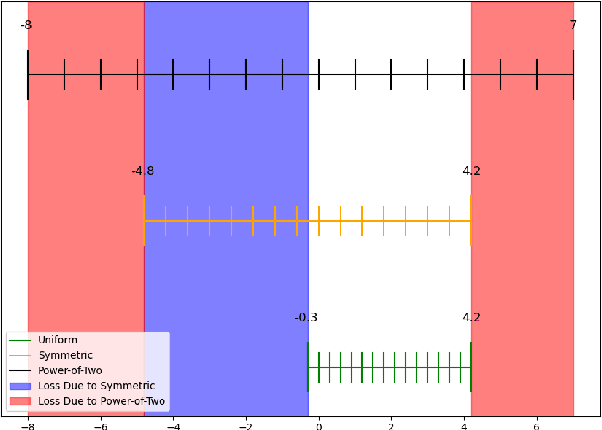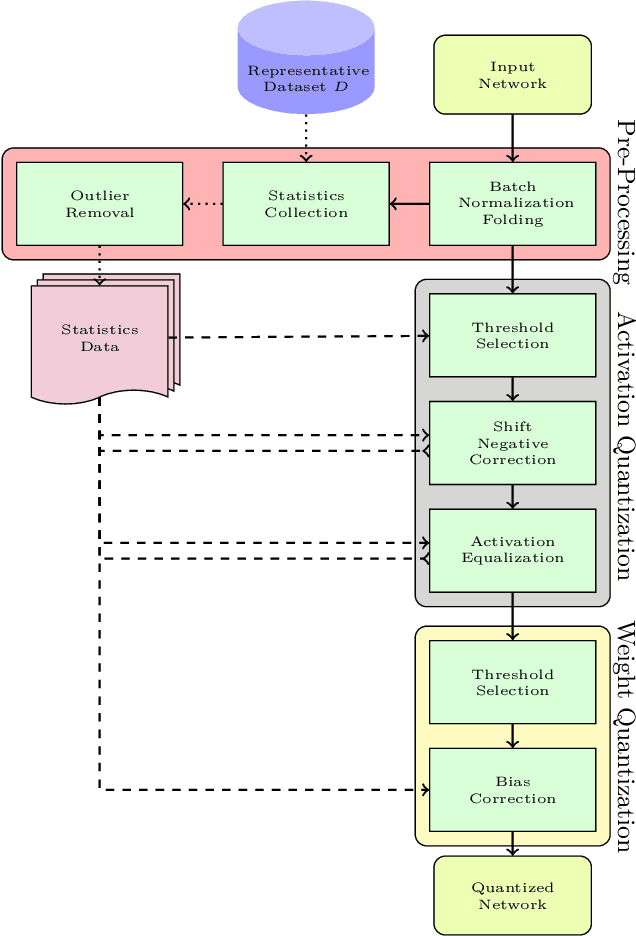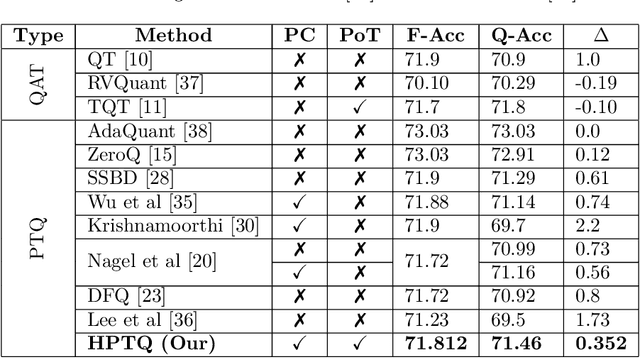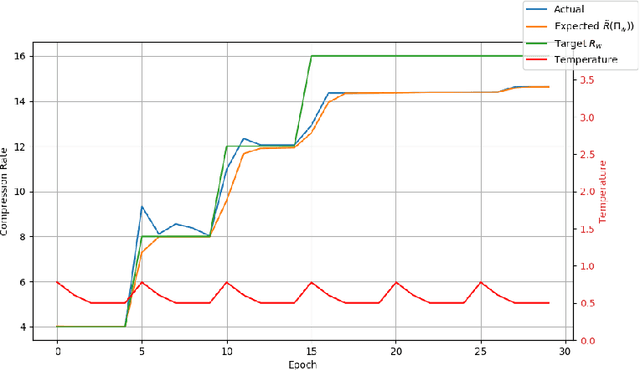Roy H. Jennings
Reconciling a Centroid-Hypothesis Conflict in Source-Free Domain Adaptation
Dec 07, 2022Abstract:Source-free domain adaptation (SFDA) aims to transfer knowledge learned from a source domain to an unlabeled target domain, where the source data is unavailable during adaptation. Existing approaches for SFDA focus on self-training usually including well-established entropy minimization techniques. One of the main challenges in SFDA is to reduce accumulation of errors caused by domain misalignment. A recent strategy successfully managed to reduce error accumulation by pseudo-labeling the target samples based on class-wise prototypes (centroids) generated by their clustering in the representation space. However, this strategy also creates cases for which the cross-entropy of a pseudo-label and the minimum entropy have a conflict in their objectives. We call this conflict the centroid-hypothesis conflict. We propose to reconcile this conflict by aligning the entropy minimization objective with that of the pseudo labels' cross entropy. We demonstrate the effectiveness of aligning the two loss objectives on three domain adaptation datasets. In addition, we provide state-of-the-art results using up-to-date architectures also showing the consistency of our method across these architectures.
HPTQ: Hardware-Friendly Post Training Quantization
Sep 26, 2021



Abstract:Neural network quantization enables the deployment of models on edge devices. An essential requirement for their hardware efficiency is that the quantizers are hardware-friendly: uniform, symmetric, and with power-of-two thresholds. To the best of our knowledge, current post-training quantization methods do not support all of these constraints simultaneously. In this work, we introduce a hardware-friendly post training quantization (HPTQ) framework, which addresses this problem by synergistically combining several known quantization methods. We perform a large-scale study on four tasks: classification, object detection, semantic segmentation and pose estimation over a wide variety of network architectures. Our extensive experiments show that competitive results can be obtained under hardware-friendly constraints.
HMQ: Hardware Friendly Mixed Precision Quantization Block for CNNs
Jul 20, 2020



Abstract:Recent work in network quantization produced state-of-the-art results using mixed precision quantization. An imperative requirement for many efficient edge device hardware implementations is that their quantizers are uniform and with power-of-two thresholds. In this work, we introduce the Hardware Friendly Mixed Precision Quantization Block (HMQ) in order to meet this requirement. The HMQ is a mixed precision quantization block that repurposes the Gumbel-Softmax estimator into a smooth estimator of a pair of quantization parameters, namely, bit-width and threshold. HMQs use this to search over a finite space of quantization schemes. Empirically, we apply HMQs to quantize classification models trained on CIFAR10 and ImageNet. For ImageNet, we quantize four different architectures and show that, in spite of the added restrictions to our quantization scheme, we achieve competitive and, in some cases, state-of-the-art results.
 Add to Chrome
Add to Chrome Add to Firefox
Add to Firefox Add to Edge
Add to Edge